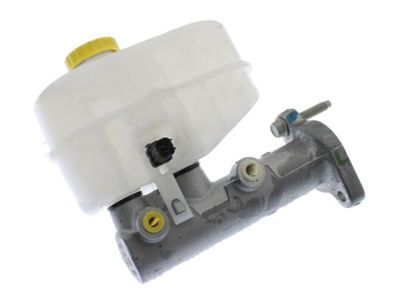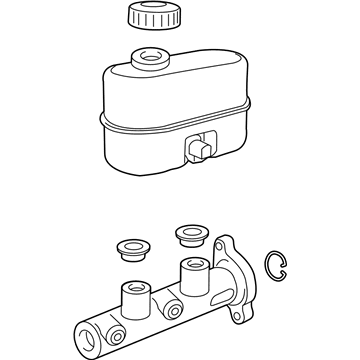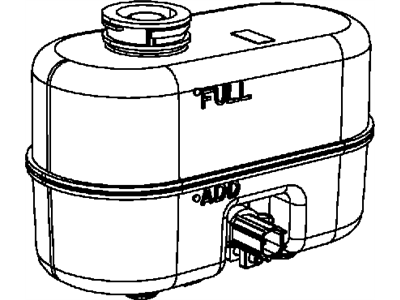×
- Live Chat
- 1-888-511-3595

My Garage
My Account
Cart
Genuine Ram 3500 Brake Master Cylinder
- Select Vehicle by Model
- Select Vehicle by VIN
Select Vehicle by Model
orMake
Model
Year
Select Vehicle by VIN
For the most accurate results, select vehicle by your VIN (Vehicle Identification Number).
8 Brake Master Cylinders found
Ram 3500 Brake Master Cylinder
The Brake Master Cylinder in Ram 3500 is an essential part of vehicles' braking system which provides hydraulic force through the pressure applied by the driver's foot. This hydraulic pressure is applied to the slave cylinders which in turn operates the brakes through the provision of the required friction to hold the vehicle back. Common products of master cylinder include pistons, seals, springs and can be made from cast iron or aluminum while the fluid reservoirs styles could either be integral or separate from the master cylinder. In the course of setting up Ram 3500 models, twin circuit master cylinder has been used meaning that if one circuit has a failure, the other one will offer braking power. This design improves safety in that the unit can still continue to function even when hydraulic system is out of action. Among the problems that occur with the Brake Master Cylinder, two of the most prevalent are the leakage of the fluid and internal component malfunction which results to weak or altogether non-functional brakes. This part is critical therefore calls for frequent checks in order to ensure that it does not develop any issues with its services.
Looking for affordable and high-quality auto parts? Then you have already arrived at the proper online shop. We offer all Ram 3500 Brake Master Cylinder at great affordable prices. Moreover, all genuine Ram 3500 Brake Master Cylinder come with a manufacturer's warranty. In the long run, you would realize you have saved a lot of trouble and money with OEM parts from here.
Ram 3500 Brake Master Cylinder Parts Questions & Experts Answers
- Q: How Do You Remove and Install a Master Cylinder on Ram 3500?A: To remove the Brake Master Cylinder, begin by locating it in the engine compartment, mounted to the power Brake Booster. Remove excess fluid from the reservoir using a syringe or turkey baster. Place rags under the fluid fittings and prepare caps or plastic bags to cover the line ends once disconnected. Loosen the brake line fittings at the Brake Master Cylinder using a flare-nut wrench to prevent damage. Disconnect the electrical connector at the brake fluid level switch, then remove the nuts attaching the Brake Master Cylinder to the power booster. Carefully pull the Brake Master Cylinder off the studs, being cautious not to spill fluid. If installing a new Brake Master Cylinder, transfer the reservoir and install new seals. For installation, bench bleed the new Brake Master Cylinder by clamping it in a vise and attaching bleeder tubes to the outlet ports. Fill the reservoir with the recommended brake fluid type and push the pistons into the Brake Master Cylinder to expel air into the reservoir. Repeat until no air bubbles are present. Remove the bleed tubes, install plugs in the ports, and attach the reservoir cap. Install the Brake Master Cylinder over the power brake booster studs, tighten the attaching nuts finger-tight, and thread the brake line fittings into the Brake Master Cylinder. Fully tighten the nuts. Connect the brake fluid switch electrical connector, fill the reservoir with fluid, and bleed the Brake Master Cylinder and brake system. Test the brake system's operation carefully before normal vehicle use.
Related Ram 3500 Parts
Browse by Year
2023 Brake Master Cylinder 2022 Brake Master Cylinder 2021 Brake Master Cylinder 2020 Brake Master Cylinder 2019 Brake Master Cylinder 2018 Brake Master Cylinder 2017 Brake Master Cylinder 2016 Brake Master Cylinder 2015 Brake Master Cylinder 2014 Brake Master Cylinder 2013 Brake Master Cylinder 2012 Brake Master Cylinder 2011 Brake Master Cylinder












